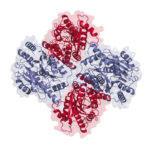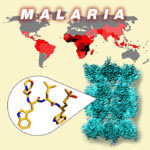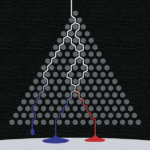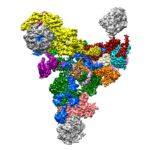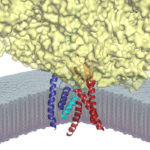
‘Synthetic biology’ is a scientific approach that seeks to answer fundamental questions in biology by reconstruction and modification of the molecules and processes of life. Beyond its well-known role as the carrier of genetic information, DNA (and its close cousin RNA) have shown great promise as a nano-molecular building material: by careful arrangement of the bases A, T, C and G, DNA strands can be programmed to fold into specific 3D shapes.
